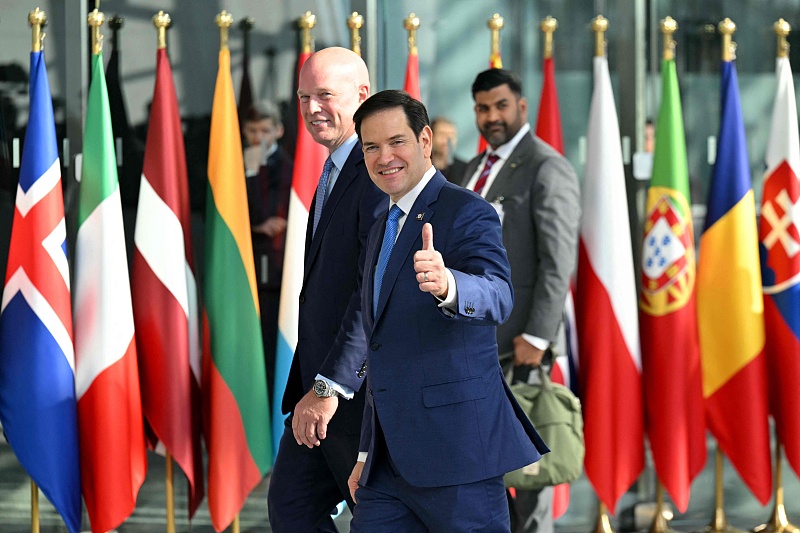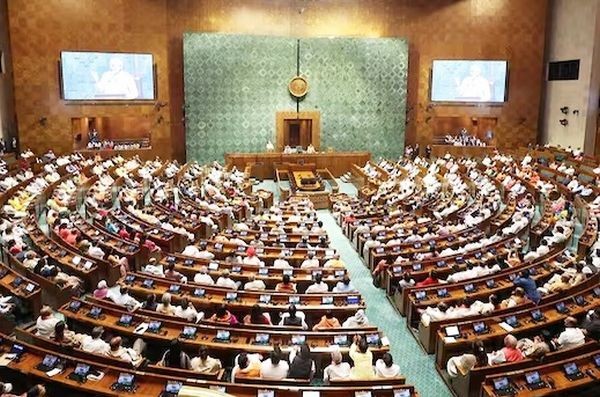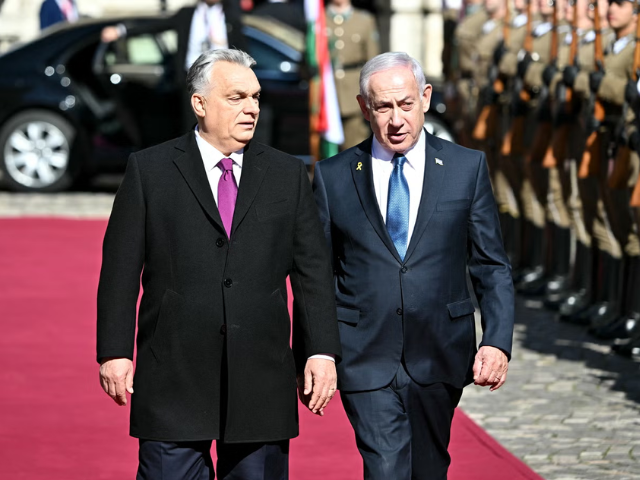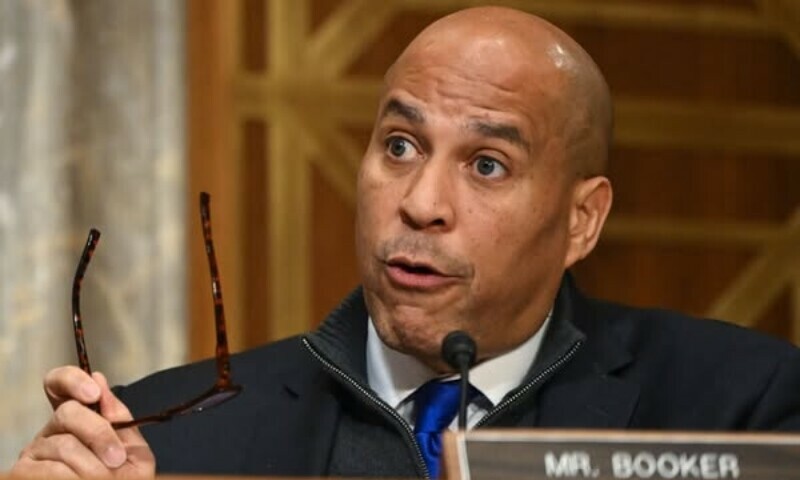WORLD NEWS
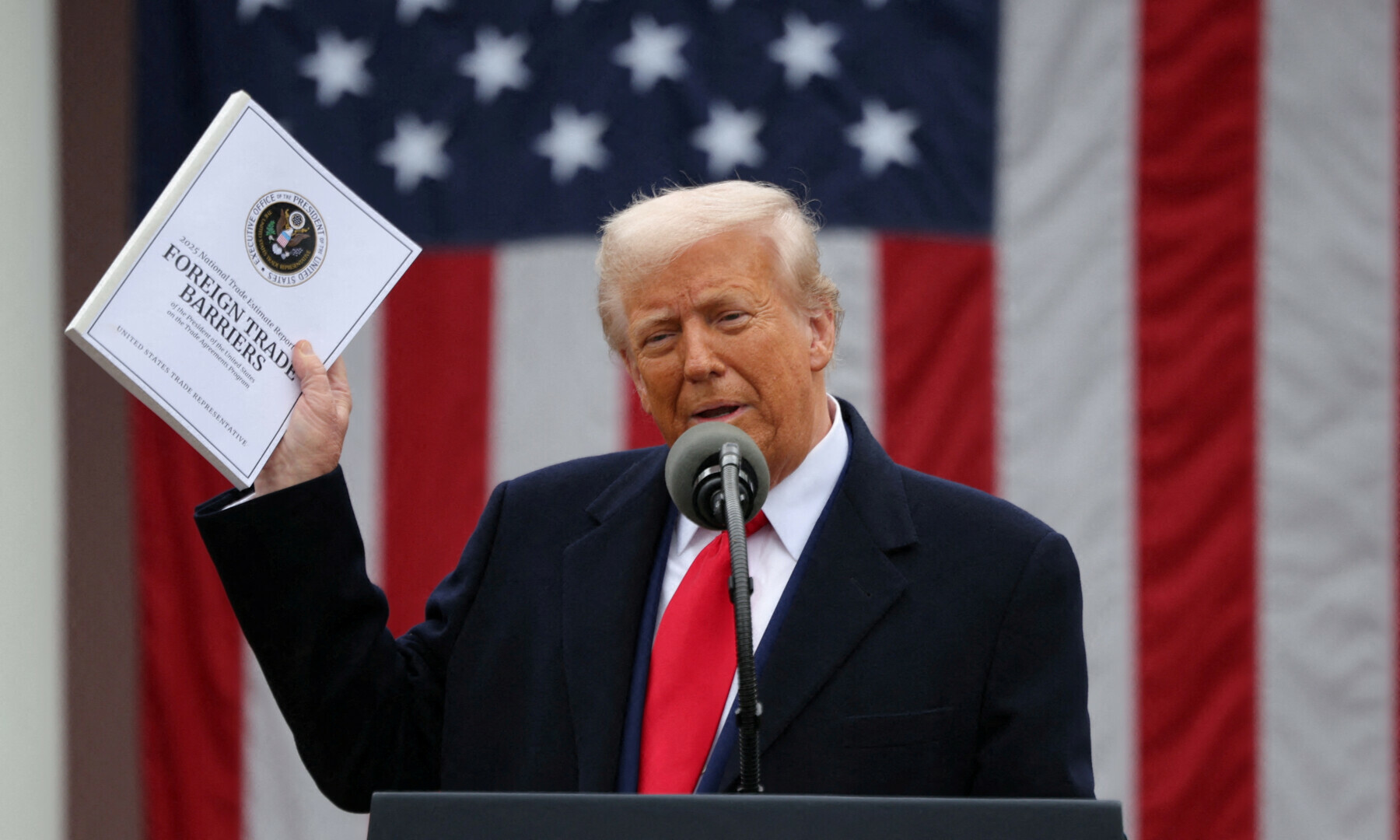
In a major trade move, US President Donald Trump has announced a 29% tariff on imports from Pakistan, alongside new duties on several other countries. This decision, part of an escalating global trade war, poses both immediate challenges and long-term opportunities for Pakistan's economy.
Immediate Impact on Pakistan's Economy
Pakistan’s textile sector, which constitutes 75-80% of its exports to the US, is expected to be hit hardest. Experts believe that higher production costs and reduced competitiveness could put pressure on Pakistani businesses.
Speaking on the matter, Ali Hasanain, an associate professor at LUMS, highlighted that the US is one of Pakistan’s most significant trade partners, receiving nearly 18% of the country’s total exports. However, he pointed out that even if these exports were entirely wiped out, the overall economic impact would be less severe than past economic mismanagement.
Sajid Amin, an economist at SDPI, stated that while the short-term impact would be negative, Pakistan could counteract the effects by subsidizing local production. However, securing IMF approval for such subsidies remains a challenge.
Long-Term Opportunities and Global Trade Shifts
Despite the challenges, economist Adil Nakhoda from IBA Karachi believes that Pakistan can explore alternative markets, such as the European Union, to boost its textile exports. He also suggested that sourcing raw materials from the US could help Pakistan receive tariff concessions.
Former Ambassador Maleeha Lodhi emphasized the need for Pakistan to enhance its export competitiveness and diversify its trade relationships.
Meanwhile, business journalist Khurram Husain noted that while the tariffs will impact Pakistan’s exports, it will take a long time to cultivate new markets.
Comparing Tariffs with Competitors
- Pakistan: 29% tariff
- India: 26% tariff (lower than Pakistan)
- Bangladesh & Vietnam: 29-46% tariff (higher than Pakistan)
- China, Cambodia, Indonesia: Higher than Pakistan
According to Topline Securities, Pakistan’s exports make up 0.16% of total US imports, amounting to $6 billion annually. This makes the US a key market for Pakistan despite its relatively small share in overall US trade.
Future Course of Action
Economists suggest that Pakistan should focus on trade diversification, improving local production efficiency, and engaging in diplomatic efforts to ease US trade policies. Additionally, efforts to reduce reliance on US trade and explore Asian and European markets could provide long-term stability.
While the immediate impact of the tariffs is expected to be negative, Pakistan’s ability to adapt, innovate, and secure new trade agreements will determine its economic resilience in the face of these new challenges.
